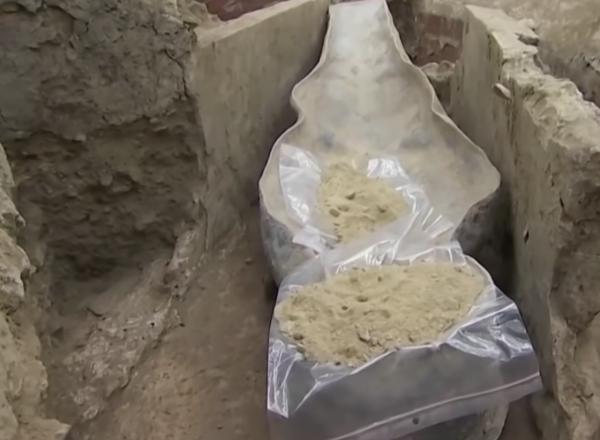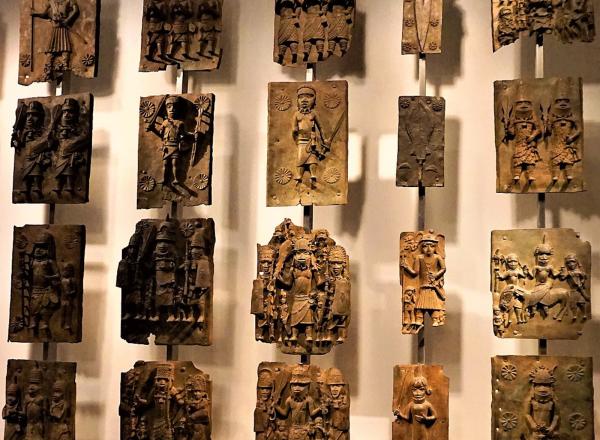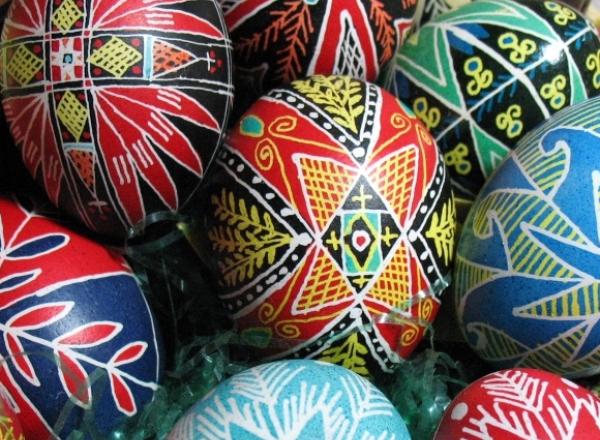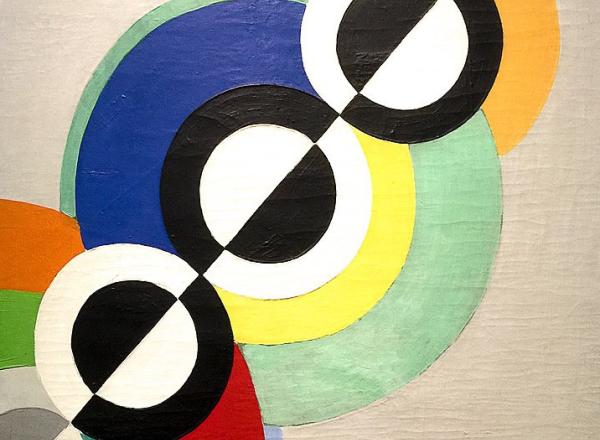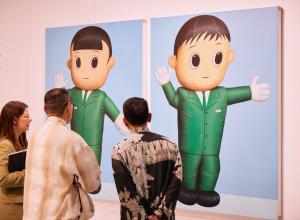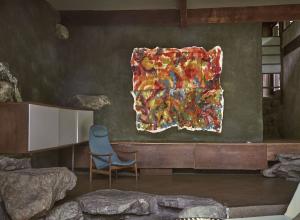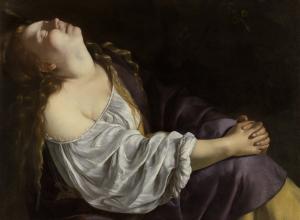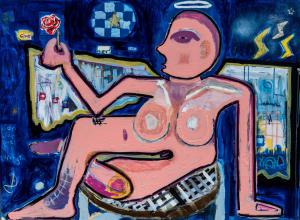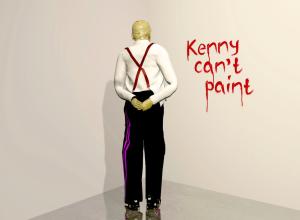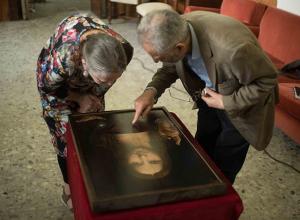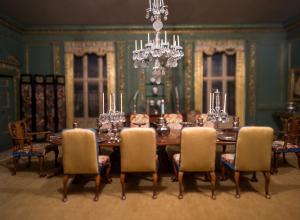Regardless of gender, ethnicity, creed, or political ideology, one thing for certain is we are going to die. Death is the inevitable fate in the plight of man and the great equalizer to all. Consequently, themes of death are richly scattered throughout the art-historical timeline.
Art News
In his latest book, That Which is Unseen, Panjiar takes us across almost four decades of Indian history and proves to be one of the most fascinating figures in contemporary photojournalism.
Addressing Vorticism requires facing a troubling period of political history head-on, something many historians have been reticent to do. Nevertheless, it is important to analyze the evolution and manifestation of radicalized ideas, in part so that we can be attuned to their development and ready to recognize them as they occur.
In 2019, the Notre Dame Cathedral was engulfed in a catastrophic fire that ultimately damaged and destroyed its upper walls, roof, and spire. Even as it burned, devastated onlookers poured in donations. Thus, it did not take long for the Cathedral's rebuild to begin.
The Parthenon Marbles and Greece’s quest for their restitution is perhaps one of the most famous instances of such a thing, with the marbles now becoming a part of two different and diametrically opposed national identities. This list presents ten other such cases, some resolved, some not, of cultural objects of dubious legality, where they came from, where they are now, and who wants them.
The caduceus, constantly mistaken for the Rod of Asclepius, has been wrongly used as a medical symbol for a little over one hundred years. Although they are often used interchangeably in contemporary settings, the two symbols have very different meanings. Could you tell them apart?
Ukrainian pysanky are more than beautifully decorated eggs. The folkloric tradition has lasted for centuries and its core tenets have even been linked to more widely-spread ancient practices centered on early human understanding of creation and life. Though they can now be found across the world, the pysanka and associated traditions remain deeply Ukrainian.
Between 1897 and 1926, Claude Monet painted approximately 250 waterscapes of his favorite subject towards the end of his life: Water lilies. The latter half of these paintings in particular are lauded as stunning feats in compositional experimentation and innovation.
Up until the late nineteenth century, Rome’s forum—the political center of the ancient Roman world and now one of the most visited sites in the city—was still hidden, buried under meters of debris and earth. Today, a new exhibition at the site showcases the work of the lead archaeologist who undertook the forum's excavation, Giacomo Boni.
Orphism seemed to stem from Cubism, in part, because it shared the desire to break down solid objects and challenge human perceptions of time, space, and volume. And yet, this “offshoot” of Cubism specifically placed color and lyricism at center stage.







